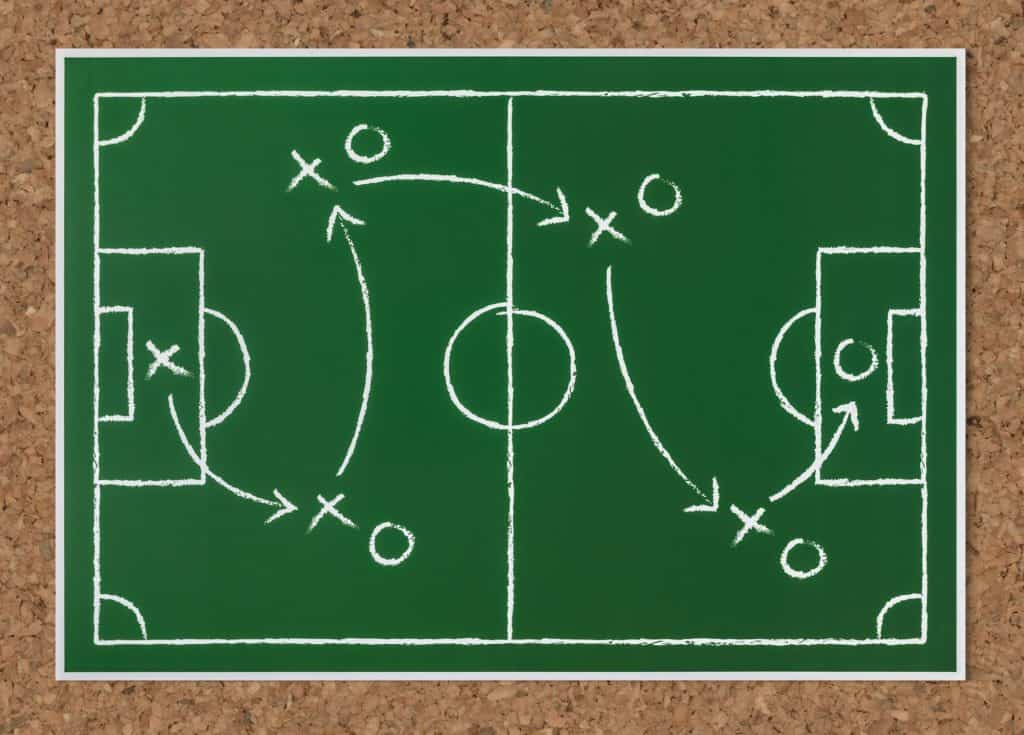
The perfect fundraising strategy.
It’s something that administrators spend months working on until all the right details are in place with the activities, dates, campaign objectives, communication schedules, tactics, and donor-tracking information ready to turn ideas into action. They are the plans you’ll use to get you, step-by-step, to your ultimate fundraising goals.
If effective, a good strategic plan can improve productivity and identify important tactics to focus your attention on, but a plan that fails can derail your goals and paint your organization as a disorganized, unreliable nonprofit. Be assured that you’ve got a plan that can take you all the way but eliminating these roadblocks.
Missing or Poor Leadership Stifles the Process
Putting the right plan down on paper is important, but without the right leadership a good plan won’t fully live up to its potential. The knowledge and skill that comes with an experienced leader can bring your event concept to life through good guidance and an eye that can spot the weaker spots in the plan long before they present themselves in irreversible ways.
Before choosing your leadership team you should consider what type of leader can best address the needs of the plan to maximize its effectiveness. Divide leadership roles into technical, creative, and functional categories and find the right people who encapsulate the right qualities for the job. Look for people whose professional history coincides with the activities that have been planned and have proven a capability for handling the complex details that come with the job. For example; if you are planning a family-friendly picnic with an outdoor presentation find a technician who has experience setting up and tearing down an outdoor audio-visual system. That person should be able to work with the venue more efficiently and not require additional help that could be expensive. He or she will also be more likely to tackle issues before they become disruptive problems during the event.
If you want to dazzle your guests at your next soiree with an eye-catching theme, look for the best creative mind available to you. Good creative collaboration spearheaded by a capable leader will add fertile ground for amazing and versatile ideas to bloom.
Overlooked Objectives Leads to Blind Assumptions
Clearly defined objectives are required to reach any goal. Working toward vague objectives allows for misinterpretations and assumptions to take hold of your plan and lead you down uncharted paths until your ultimate goal is far out of sight. Plus, the uncertainty of an ill-defined objective can leave your team insecure and unable to complete even the most menial tasks, let alone the most important pieces of your plan.
Meet with your leadership team prior to the execution of your plan to ensure they are fully understanding their roles. Direct them to examine their parts in it and find the compromised areas that could become problematic. Request regular reporting and assist your teams when changes are required to shore up those weak spots. After the changes are put into place, follow up regularly to make sure those same problems don’t reoccur, or new, unforeseen ones don’t come into play.
Vague Objections Will Lead You Astray
With the many components that go into planning an event, it’s not surprising that the ultimate objective can become blurry over time. Having clearly set objectives is your best defense against losing focus on your goals. Strive to be as clear as possible when setting your objectives and always work toward your nonprofit’s central mission.
Make sure your objectives are clearly defined, using specific language. Empower them with firm starting and ending dates to make sure the completed objectives are reached on time. Roadblocks can be revealed at any point throughout the planning process, as well as during the execution of your event plan, so keep on the lookout for signs of straying from the planned route. Maybe a new avenue must be taken to reach your objective, but it’s better to be able to make that decision, rather than having to deal with the changes that are forced upon you when a departure to the plan occurs.
Event planners know that working from a strong strategic plan will keep a nonprofit on track to reaching every goal they have set for their next fundraising event. Through clearly defined objectives and good leadership, you’ll be able to walk step-by-step to reaching your fundraising goal.
